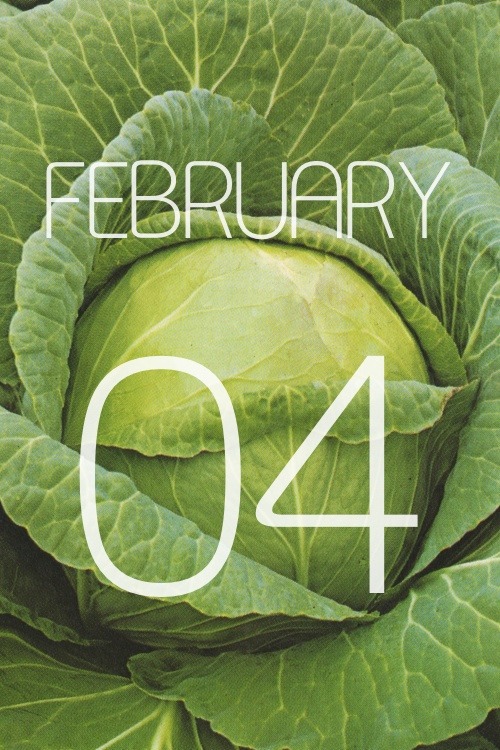gardencalendar:CabbagesCabbages (Brassica oleracea captitata) including the Savoy types (Brassica ol
gardencalendar:CabbagesCabbages (Brassica oleracea captitata) including the Savoy types (Brassica oleracea bullata) cut fresh while still young and tender are quite unrecognizable in flavor from the tough old cabbages which have been cut and stored for months before even reaching the the market. They are a very easy crop to grow, and whether you sow seeds to produce plants for transplanting, buy seedlings or sow direct into the garden, the attention they need is minimal. It is very important to select varieties form the right group for any one time of the year, much more so than to select an actual cultivar form the group. This is simple, as long as you make your selection by working back from the cabbages’ maturity period and sette whether you wish to harvest your cabbages in summer or late fall or both. And of course mild climate gardeners can harvest cabbages all winter as needed. This can all add up to a lot of cabbage-especially for the small garden, where space is generally limited. Winter cabbages, especially the tight headed white cabbages and varieties like Celtic Cross F1, are useful not only as a cooked vegetable but also chopped for use in salads. Site and Soil Most sites and just about all soils are suitable. In the very poorest soils and partially shady locations, cabbages may not produce very good hearts, but these conditions can be improved by adding compost, well-rotted manure if available and a complete fertilizer, such as 5-10-5, or 5-10-10. Watering with liquid fertilizers several times will also help.SUMMER MATURING CABBAGESowing InstructionsSow seed indoors (in March in the North, from mid-January to February in mild climates) and grow in a greenhouse, on a window sill or under fluorescent lights. put the resulting plants outdoors from four to six weeks later. Don’t leave the early seedlings in too warm conditions for too long, however, or they will become pale green, thin and sickly. Once they are up and well established with two or three leaves, it is best to put them in a cold frame, if available. these sowings, or transplants purchased later in the spring, provided the earliest cabbage. Sow outdoors in the open garden at regular intervals from April to May to provide a succession of cabbage through the summer. How to GrowThe tender early plants raised indoors will be soft and will require a hardening-off process - gradual exposure to outdoor conditions for about a week or so - before they can be set in the open ground. Space plants 18-24 in (38-60 cm) apart with the same distance between rows. The same distance between rows. The larger you want the cabbage, the wider apart you should space the plants and rows. HarvestingStart to cut the cabbage as soon as the hearts begin to firm. If you wait until the hearts are fully developed the whole row will need cutting at once so it is better to start cutting early. In any event the young cabbage hearts are most tasty. The Complete Vegetable Gardener © 1976 -- source link
Tumblr Blog : gardencalendar.tumblr.com
#february#cabbage#botany#horticulture#gardening#permaculture
